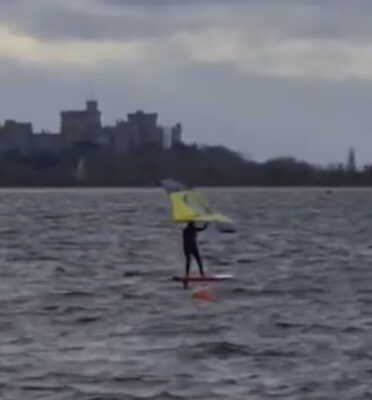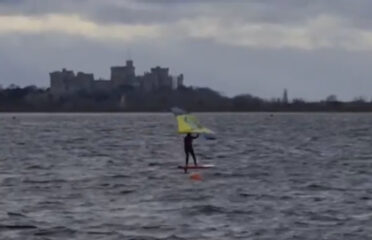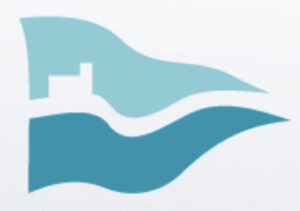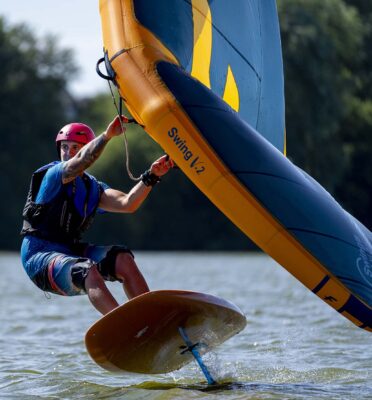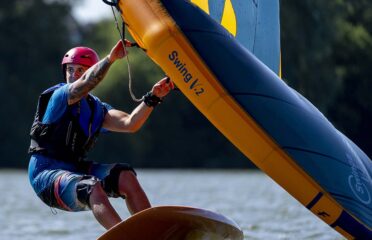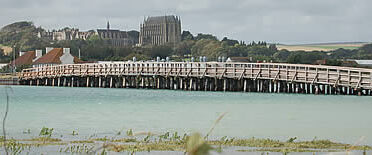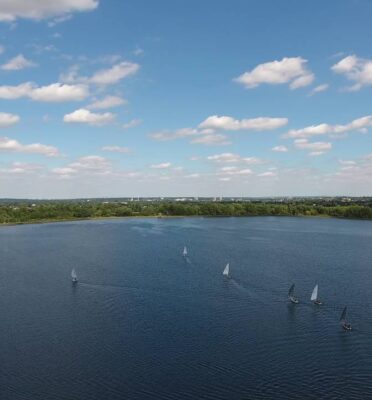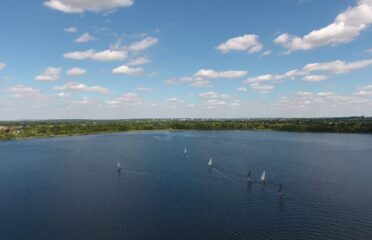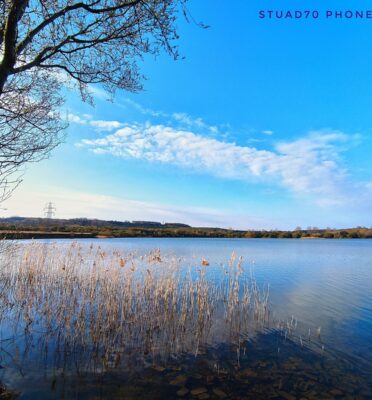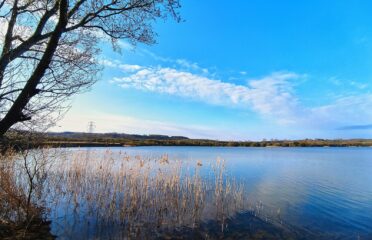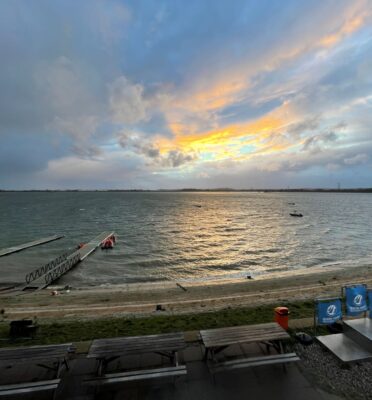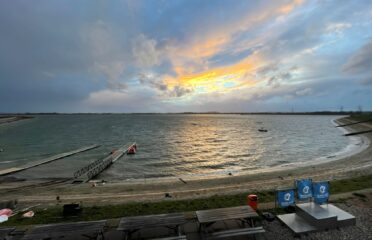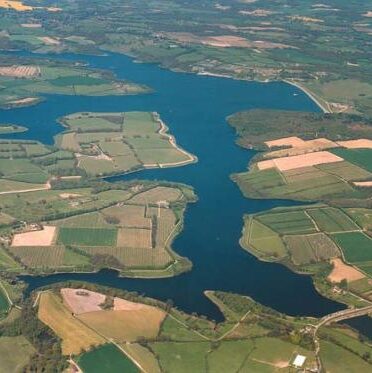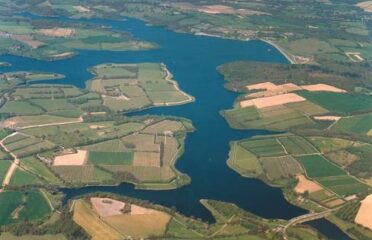What makes a good spot for learning to Wing Foil?
The water
Flat water on an inland or sheltered coastal spot is best for learning. At some point you’ll be charging down a wave with the wing fluttering behind you, but not on your first sessions.
Lakes, reservoirs, harbours and estuaries make ideal beginners spots. Watch out for seaweed, submerged obstacles, rocks, groynes, nets and anything that might damage or become caught in your foil. The water should be at least chest deep so that the foil doesn’t hit the bottom. When you progress to a lower volume sinker board, you’ll need even deeper water as both the board and foil will be starting below the waterline.
Make sure to ask local riders about any hazards below the water or currents. During your first sessions you’re going to go down wind, check you have somewhere to exit the water and a way to get back upwind to where you started. Avoid fast running water, currents and strong tidal areas.
Search our Spot list using Inland or Coastal (Flat Water) under ‘Where’ to find suitable spots. See selection of listings below.
With the water sorted, next think about the wind….. read on below
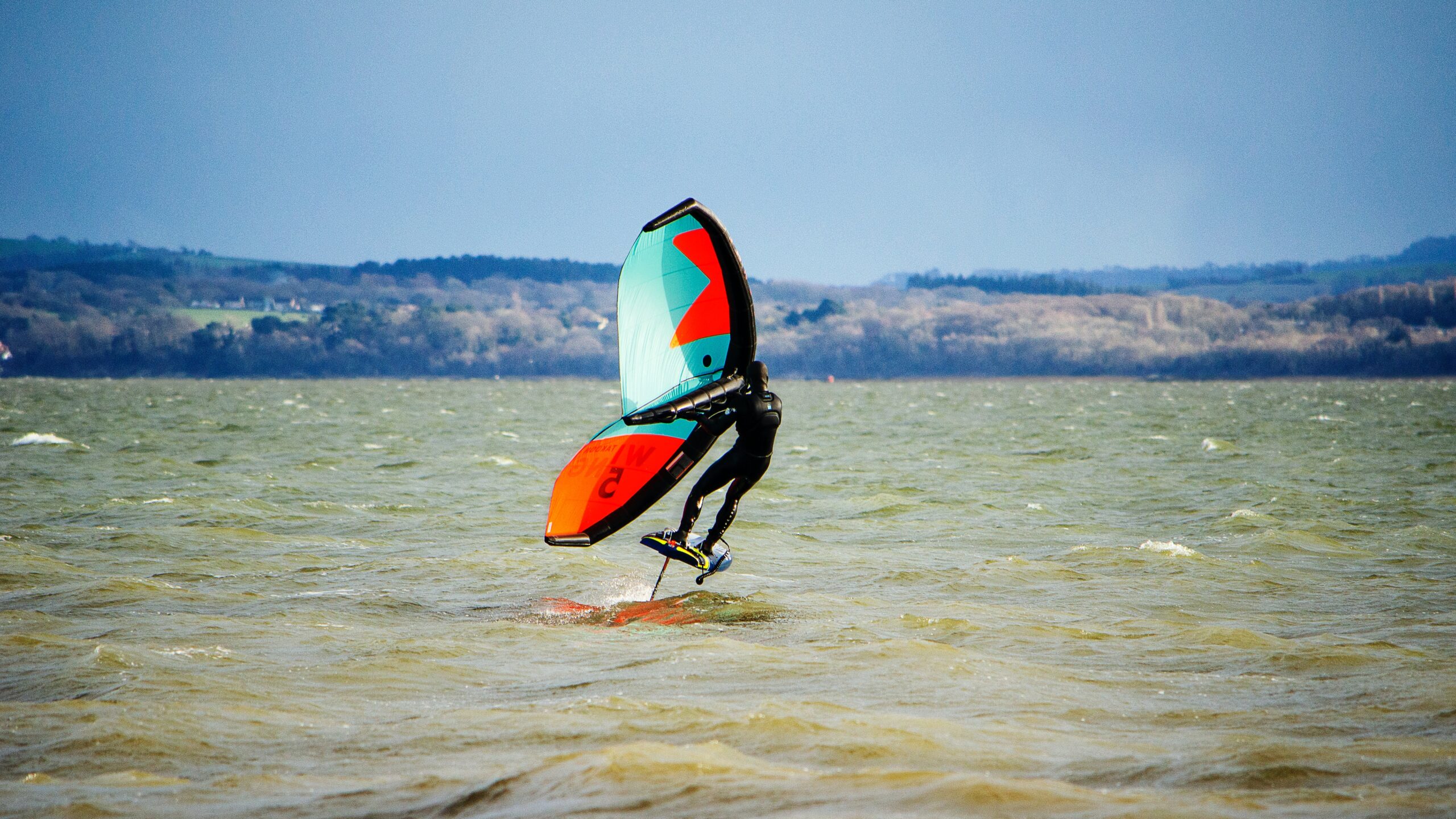
Wind
With a directly onshore wind you’re likely to run out of depth very quickly. If there’s a spit to get back upwind then its not a problem, similarly not an issue if the water is waist-chest deep and you can wade back upwind. Failing that you can always paddle your board like a surfboard and tow your wing behind you with one leg pinning it to the board/water.
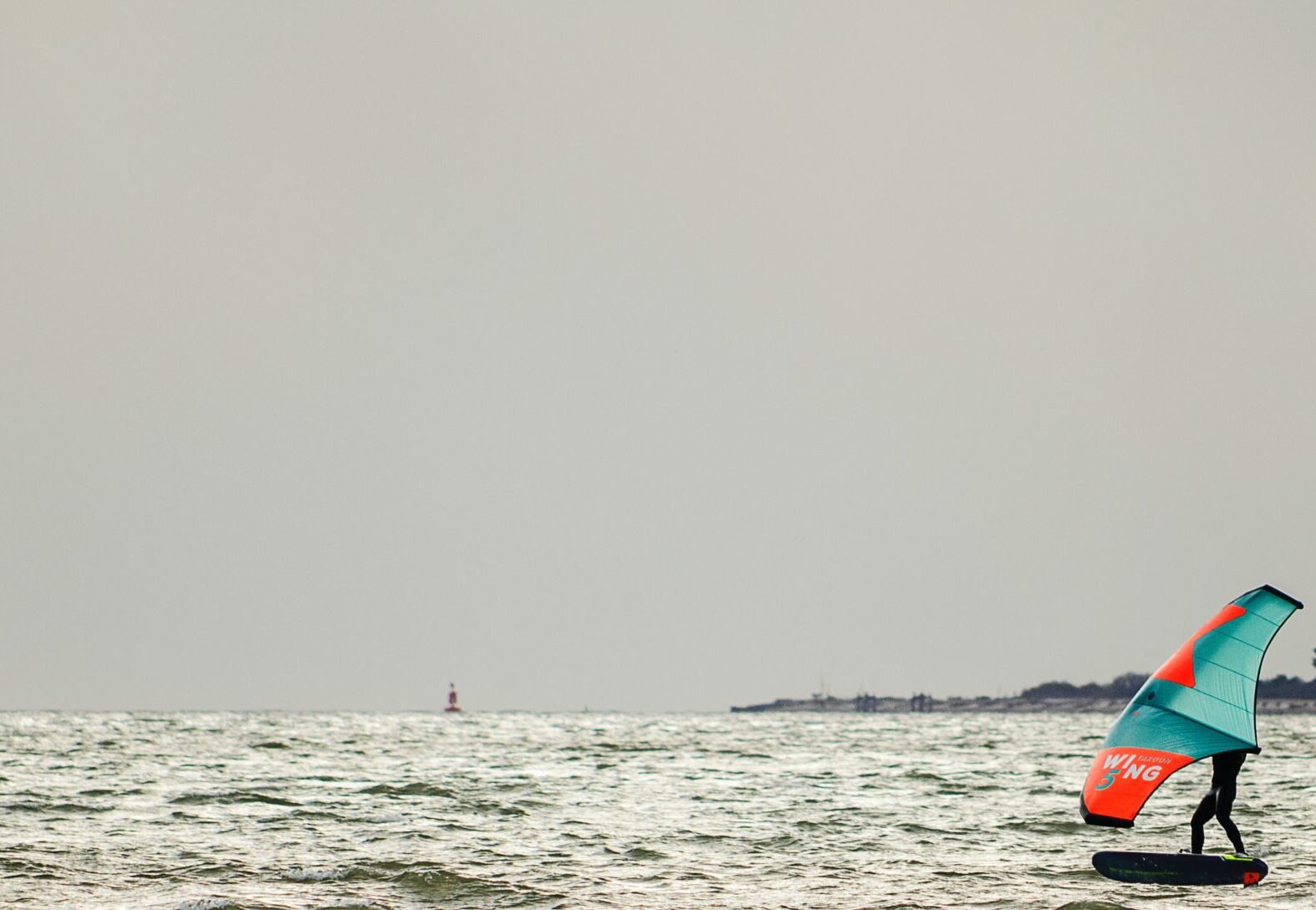
Safety
LOOK AFTER YOURSELF AND OTHER WATER USERS:
-
Watch out for other water users including swimmers
-
Use a wing with a window so you can see and avoid other riders
-
Use a Board leash and wing leash so you can’t get separated
-
We recommend you wear a life jacket or impact vest and a helmet
-
Don’t ride alone
-
Tell someone where you’re going, what time you’ll be on the water and when you’re expecting to be back
Some riders carry a mobile in a small waterproof pouch
Listen/Watch out for thunder and lightning, get off the water immediately
Watch out for strong currents
If in doubt don’t go out and save it for another day
Inland Spot Listings
- Direction
-
call Now01797 225238
- Direction
-
call Now0208 979 9057
- Direction
-
call Now07999652021
- Direction
-
call Now+44(0)1784 248881
- Direction
-
call Now01892 890000


